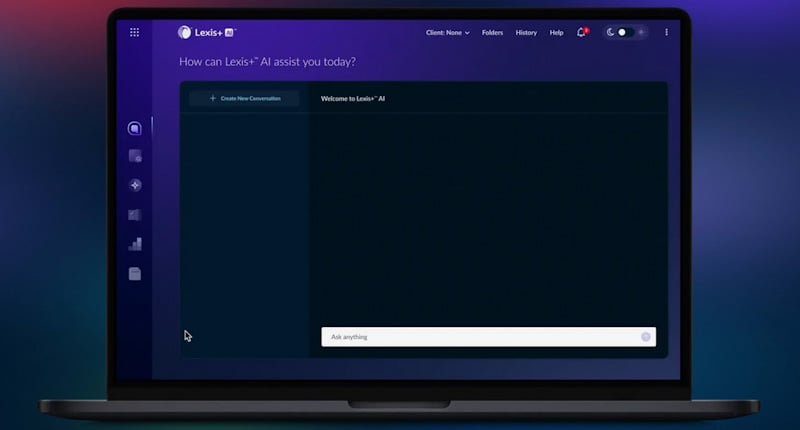Partisan split on Supreme Court is extraordinary by historical standards, study says
The familiar split on the U.S. Supreme Court—five Republican-appointed justices against four Democratic appointees—may not seem unusual by present-day standards.
But by historical standards, the partisan split is extraordinary, the New York Times reports. The column by Supreme Court reporter Adam Liptak asserts the current divisions are “a recipe for dysfunction” because the split reinforces the notion that the court’s decisions are political.
In the past, ideology didn’t always determine the nominees, the story says. Some presidents used Supreme Court nominations to reward friends, repay favors or cater to religious or ethnic groups. Even when presidents wanted to nominate based on ideology, they weren’t always good at divining it. Nowadays, presidents often nominate from the ranks of federal appeals court judges, which makes it easier to examine the judges’ views.
The last Republican-appointed justice who voted with liberals was Justice David H. Souter, appointed in 1990. And the last Democratic-appointed justice who often voted with conservatives was Justice Byron R. White, appointed in 1962.
The story cites a study by William & Mary law professor Neal Devins and Ohio State political science professor Lawrence Baum. Before 1937, dissents on the court were rare. Between 1937 and 2010, voting patterns were mostly nonpartisan, except for a brief time in the 1940s.
In 311 important cases with at least two dissents between 1937 and 2010, only one 1985 case “arguably broke along party lines,” the story says. But in the last three terms, five major decisions broke along partisan lines, including the most recent rulings on campaign finance and legislative prayers.
The partisan split is also apparent in the justices’ hiring of law clerks, according to the Times. The only justice whose hiring is nearly evenly divided between clerks who worked for appeals judges appointed by presidents from both parties is Justice Stephen G. Breyer. This article in the Vanderbilt Law Review looks at law clerk polarization.
Several justices have said their work isn’t influenced by politics, the story notes. In the last term, for example, about half the Supreme Court’s decisions were unanimous. And about 30 percent of the court’s 5-4 decisions were not ones in which Justice Anthony M. Kennedy was a swing voter, joining either Republicans or Democrats. In 2012, for example, Chief Justice John G. Roberts Jr. voted to uphold the Obama administration’s health care law.



